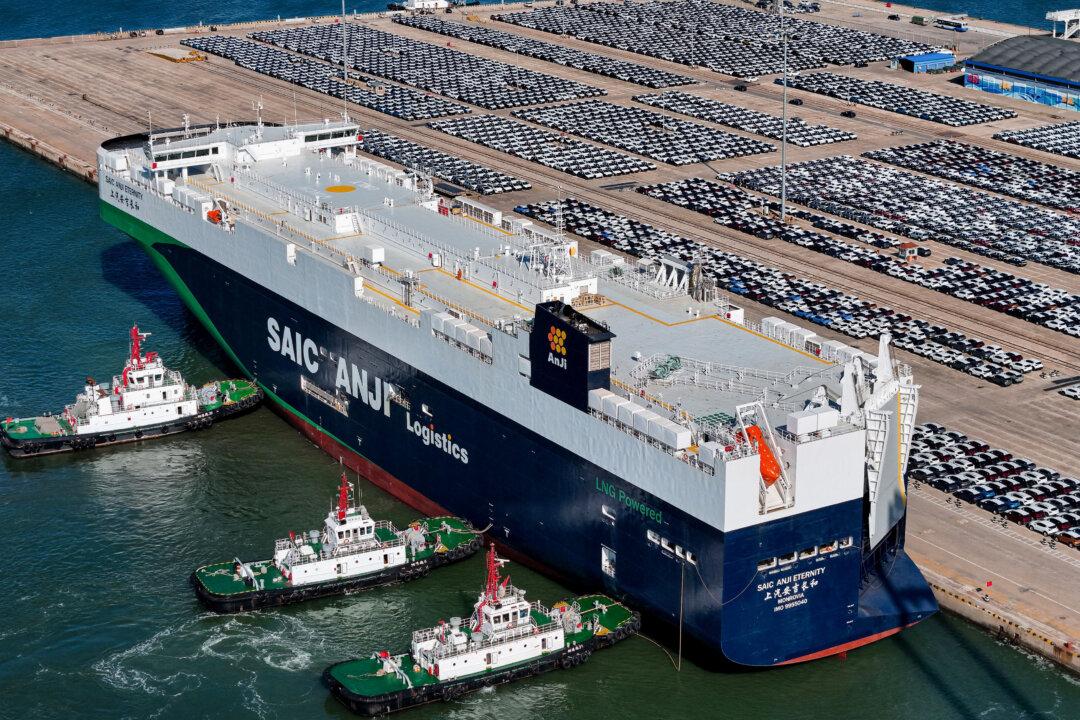Commentary
Some years ago, Beijing made a big bet on electric vehicles (EV) with the goal of achieving global dominance. However, like so many other efforts in China’s centrally planned economy, things have not gone well.

Some years ago, Beijing made a big bet on electric vehicles (EV) with the goal of achieving global dominance. However, like so many other efforts in China’s centrally planned economy, things have not gone well.